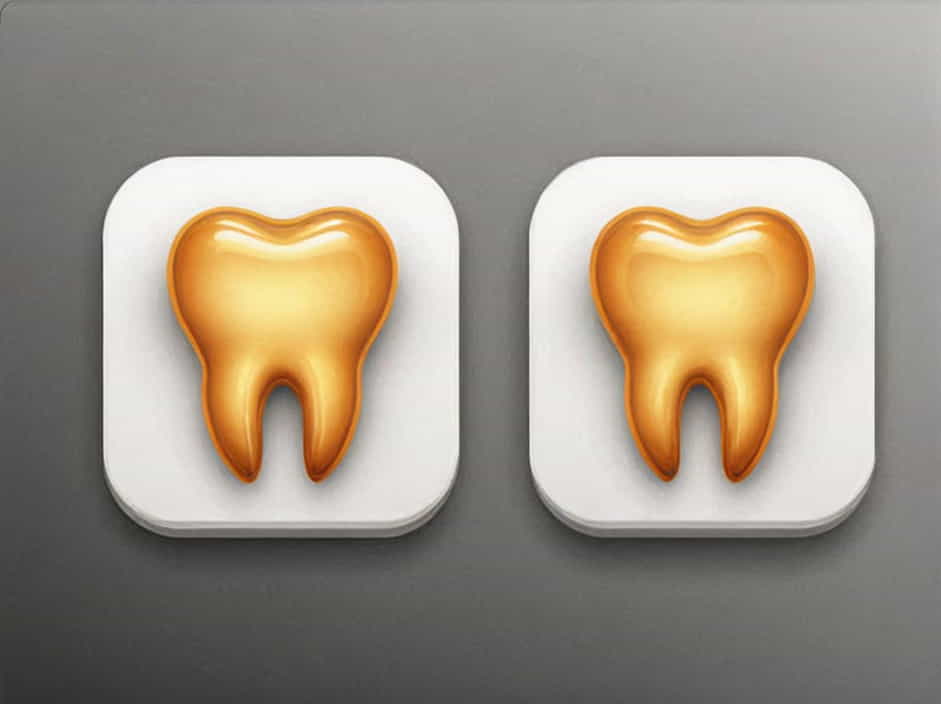Teeth play a crucial role in chewing, digestion, and speech. Among the different types of teeth, molars and premolars are essential for grinding and crushing food. While they may seem similar in function, they have distinct differences in structure, location, and purpose.
This topic explores the key differences between molar and premolar teeth, their functions, and their importance in maintaining oral health.
What Are Premolars?
Definition and Location
Premolars are the teeth located between the canines and the molars. Adults typically have eight premolars—four in the upper jaw and four in the lower jaw. They are also known as bicuspids because they usually have two cusps (pointed edges).
Function of Premolars
- Premolars help in chewing and grinding food, preparing it for digestion.
- They assist in maintaining the alignment of the jaw and teeth.
- Premolars act as a transition between the sharp canines (used for tearing food) and the broader molars (used for grinding food).
Structure of Premolars
- Smaller than molars but larger than canines.
- Two cusps (hence the name bicuspid), though some may have three.
- Single or double roots (maxillary first premolars often have two roots, while others have one).
What Are Molars?
Definition and Location
Molars are the large, flat teeth located at the back of the mouth. Adults typically have 12 molars—six in the upper jaw and six in the lower jaw, including the wisdom teeth (third molars).
Function of Molars
- Molars play a crucial role in grinding and crushing food into smaller ptopics for easier swallowing and digestion.
- They support the jaw structure and help maintain facial shape.
- Molars help distribute the forces of chewing across the mouth, reducing strain on other teeth.
Structure of Molars
- Larger and broader than premolars.
- Four to five cusps for efficient grinding.
- Multiple roots (upper molars usually have three roots, while lower molars have two).
Key Differences Between Molars and Premolars
| Feature | Premolars | Molars |
|---|---|---|
| Location | Between canines and molars | At the back of the mouth |
| Number in Adults | 8 (4 upper, 4 lower) | 12 (6 upper, 6 lower, including wisdom teeth) |
| Size | Smaller than molars | Largest teeth in the mouth |
| Cusps | Usually 2, sometimes 3 | 4 to 5 cusps |
| Function | Chewing and grinding food | Grinding and crushing food more efficiently |
| Roots | 1 or 2 roots | 2 or 3 roots |
Why Are Molars and Premolars Important?
Chewing and Digestion
Molars and premolars work together to break down food, making it easier to swallow and digest. Without these teeth, digestion would be less efficient, leading to digestive problems.
Jaw Alignment and Facial Structure
Both molars and premolars help maintain proper alignment of the jaw. Missing these teeth can lead to misalignment, causing problems such as TMJ (temporomandibular joint) disorders and difficulty chewing.
Speech and Pronunciation
These teeth also contribute to speech clarity. Missing molars or premolars can affect pronunciation, making certain sounds difficult to articulate.
Common Dental Issues Affecting Molars and Premolars
Cavities and Tooth Decay
Since molars and premolars have deep grooves and pits, they are more prone to cavities. Proper brushing and flossing are essential to prevent decay.
Tooth Sensitivity
Worn enamel or gum recession can expose dentin, leading to sensitivity when consuming hot, cold, or sweet foods.
Wisdom Tooth Problems
The third molars (wisdom teeth) often cause issues due to lack of space in the jaw. Many people need wisdom tooth extraction to prevent pain, infection, or misalignment.
How to Care for Molars and Premolars
- Brush twice daily with fluoride toothpaste to remove plaque and food ptopics.
- Floss regularly to clean between teeth and prevent cavities.
- Visit a dentist for routine checkups and professional cleanings.
- Avoid excessive sugar to reduce the risk of tooth decay.
- Wear a mouthguard if you grind your teeth at night to prevent enamel wear.
Molars and premolars are both essential for chewing, digestion, and maintaining overall oral health. While they share some similarities, they differ in size, function, and structure. Understanding these differences helps in maintaining proper dental care and ensuring long-term oral health.
